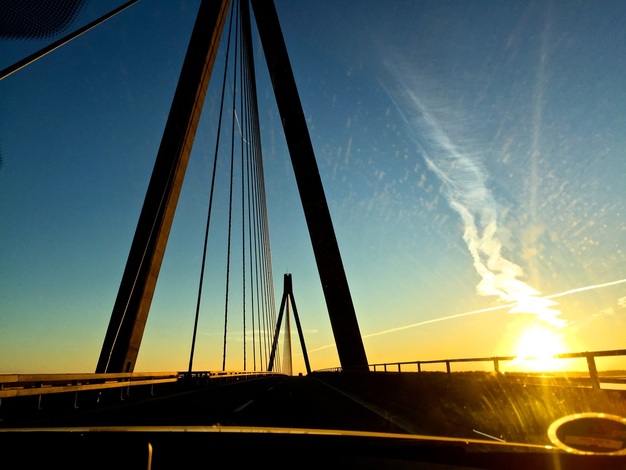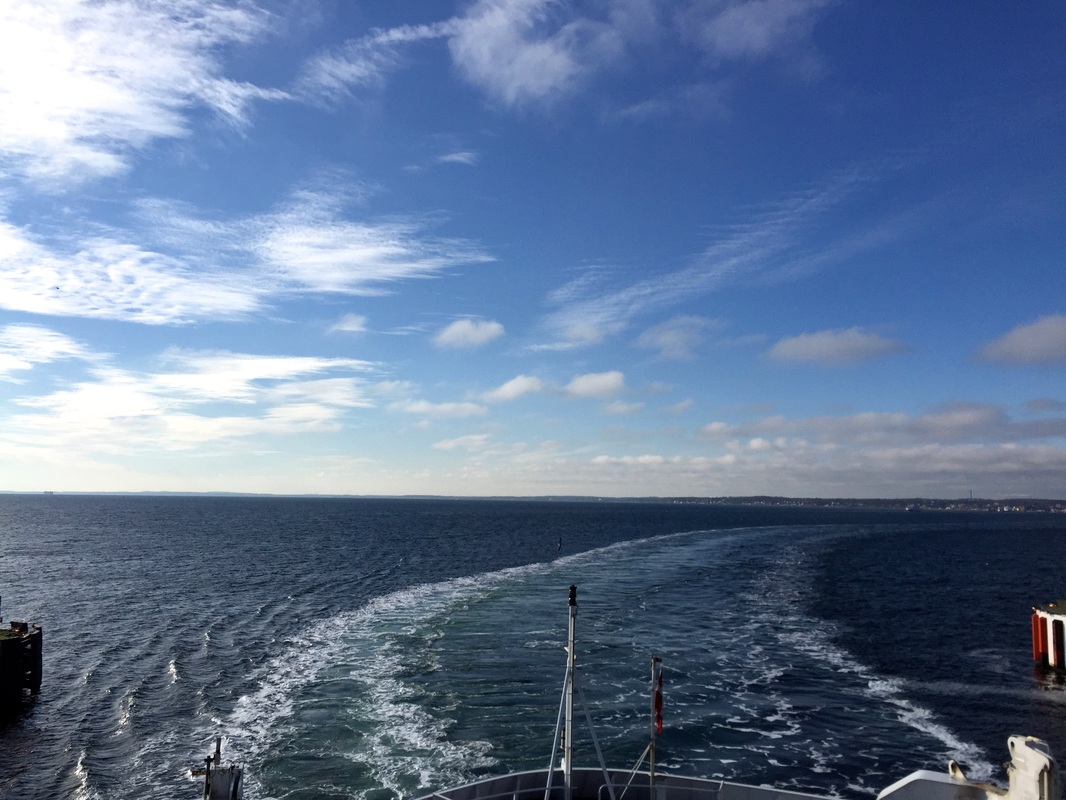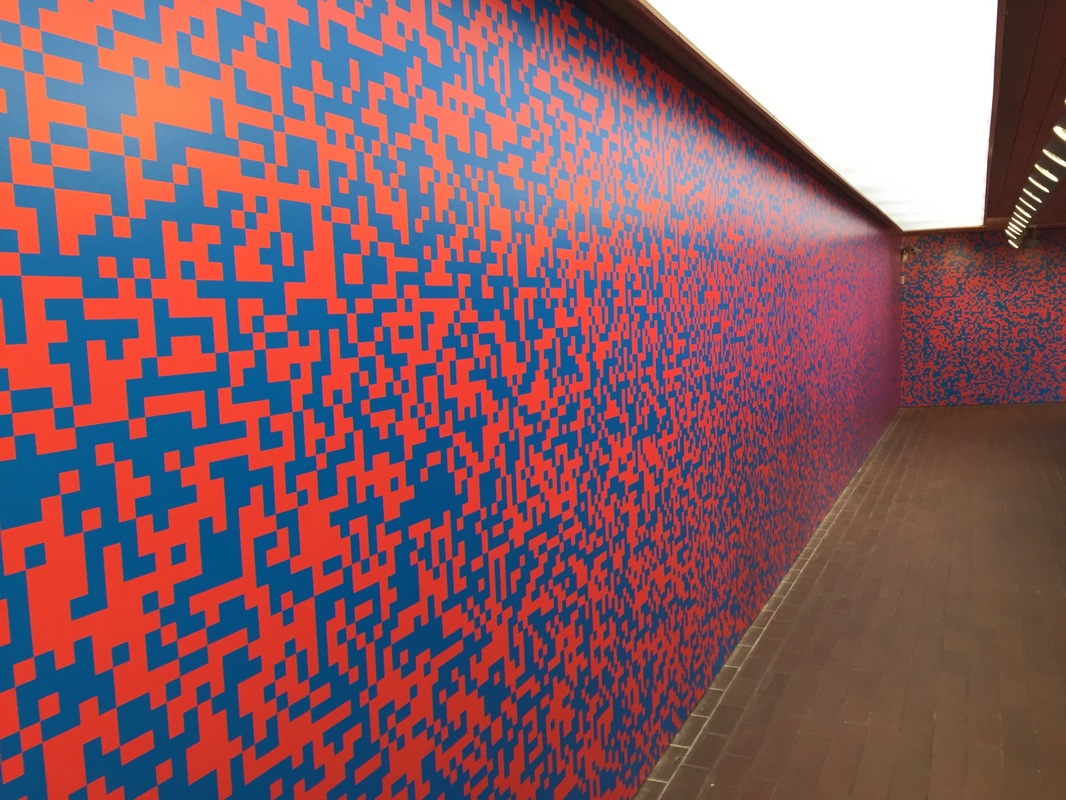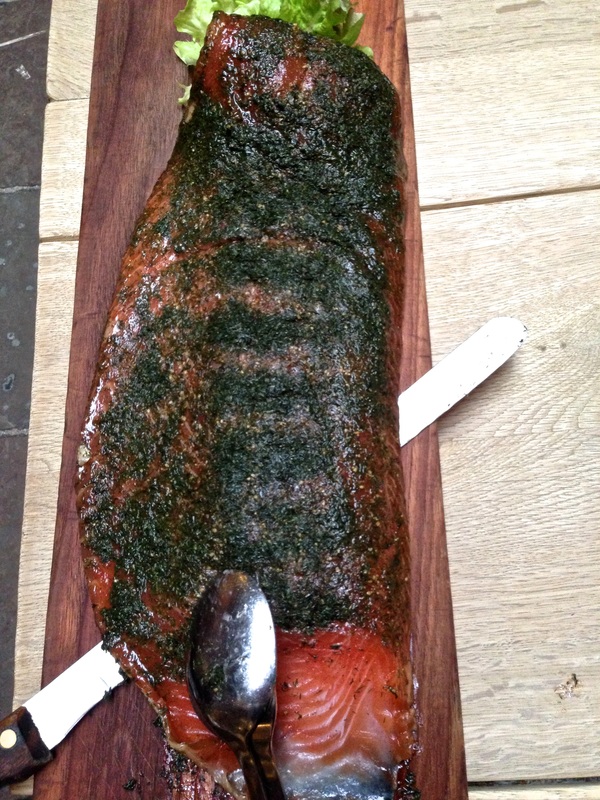|
Worth it for these views alone, Don’t skip the small stuffCulture capitals like Copenhagen and Stockholm (which I’m looking forward to exploring in May) tend to get all the love, but many of the smaller surrounding towns are worth exploring. It's a pretty scenic ride, but one that costs as much as a plane ticket. Crossing the ocean will leave a dent in your wallet Denmark sports some of the longest bridges in Europe and efficient, comfortable ferries, but you’ll pay for the privilege of using them. The Øresund Bridge, for instance, comes with a hefty toll of DEK 335 (roughly €46). Similarly, Scandlines ferries will get you where you need to go, but cost around €110 for a one-way ticket. And this is just the hallway. Denmark’s Louisiana Museum is a must-see “Eye Attack,” a tribute to optical illusions of the 1960s and 70s, is easily one of the coolest exhibitions I’ve seen in awhile. The museum’s sculpture garden overlooking the sea is also worth a look. Processed food in all its glory. IKEA meatballs will always be IKEA meatballs I know, I know, who actually eats IKEA’s famous/infamous Swedish meatballs in Sweden? But when stopping in Älmhult, home to the first IKEA store and the brand’s current headquarters, it seemed like the thing to do. If noshing on homogenous, gravy-blanketed nuggets and recreating that scene from 500 Days of Summer isn’t enough, you can always stop by later in 2016 when the official IKEA museum opens. You could take the highway up to Sweden, but the scenic route along the coast is more than worth it. Coastal Sweden is spectacular The water might be frigid at the moment, but that doesn’t make Sweden’s shorelines any less stunning. Malmö is a cosmopolitan coastal town that most people pass through coming from or going to Denmark. We spent a night Halmstad, which has a lovely walking downtown, sea views and this library. If you go, be sure to stop at Pio Matsal & Bar, a surf & turf spot with a bit of an old-school gentlemen’s club vibe. Their signature “planks” come with baroque swirls of buttery Dauphinoise potatoes garnished with steak (or fish)—think of it as an inversion of the traditional meat-to-potatoes ratio. Kolding Hotel Apartments, where everything is multifunctional, minimalistic and brightly colored. These people take their design seriously. Scandi-style has been so widely exported to the rest of the world that easy to forget how novel much of it once was. Expect impeccably functional, minimalist furniture all over the place. Our suite in the mod Kolding Hotel Apartments was vaguely reminiscent of an IKEA showroom, while the charming Hotel Alexandra in Copenhagen sports vintage Danish design pieces from the 1960s. It doesn’t hurt that the staff, who wear either bow ties and suspenders or retro dresses, are equally stylish and unfailingly friendly. Rooms are on the small side, but with a dead central location and free wine in the evenings, we didn’t mind a bit. The open-faced sandwich is your new friend.Unlike most sandwiches, in smørrebrød the bread is a supporting player, a token accessory often buried under elaborate toppings. The most traditional, of course, is dark rye bread spread with lard (don’t argue. It’s delicious) and pickled herring. I tried to get into Restaurant Schønnemann, supposedly a favorite of René Redzepi’s, only to discover that it was booked for days. Fortunately, Den Gamle Kro in Odense offers hand-carved gravlax and other good stuff in a building dating back to 1683. The finished, house-cured gravlax. Seasons matter.Few places on this planet sport longer summer days or more bitter winter nights than the Nordic countries. Unsurprisingly, quite a few things shut down or are quieter in winter. This does have occasional advantages though. When we stayed at MejeriGaarden, a cozy countryside B&B run by a very friendly Danish couple, we had the place to ourselves. In the summer, this retreat is often booked out for months.
6 Comments
|









 RSS Feed
RSS Feed